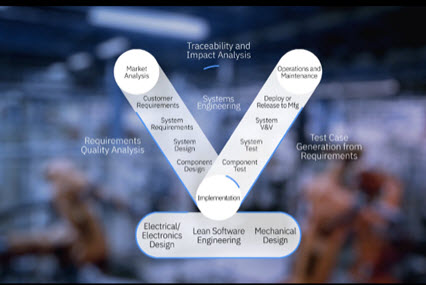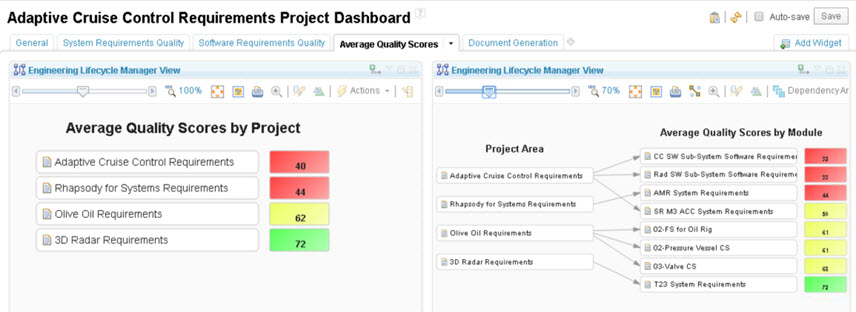The past several months have changed the business world, for better and for worse, perhaps for years to come. Many advantages are born out of disruption, for example, the world experiencing cleaner skies for a change. There are other positive changes taking place...
- Remote work is changing the world’s perspective on what’s possible in how and where we work
- Improved connectivity among dispersed teams is enabling global collaboration across remote workspaces
- We’re seeing accelerated acceptance of technologies like AI as well as process models like agile and SAFe to quickly improve productivity and quality
- The pandemic has also chipped away at resistance of putting project work in the Cloud
Today’s challenges are highlighting the opportunities right before us. Remote workers are in further need of processes and solutions that provide structure, transparency and accountability and most importantly increase productivity. We can provide that today. It’s important to consider that remote working may not be merely a short-term reality. A Gartner CFO survey[1] in early April revealed that three out of four CFO’s intend to shift some percentage of their workforce to work from home permanently.
In order to help address productivity challenges facing engineering and product development teams today, IBM is responding with a new solution: IBM Engineering Requirements Management DOORS Next with Quality Assistant, a SaaS solution.
This new offering brings together our Requirements Management DOORS Next SaaS, with the power of Watson to improve requirements quality. This gives teams a smarter way to define, trace, analyze, and manage requirements information, while providing real-time updates to dispersed teams.
Compelling Benefits of Embracing Saas
- 99.9% service availability
- Daily backup
- Disaster recovery
- Business continuity plans
Security is paramount when most of your team is working remotely. Selecting a collaboration solution that leverages leading cloud security technology, with Security and Privacy certifications, provides greater peace of mind.
Low quality requirements are a major source for product quality issues, leading to project and budget overruns. IBM Engineering Requirements Quality Assistant (RQA) can inspect the quality of requirements within the environment, score them with deductions for quality criteria, highlight to the requirements engineer where the problem language exists, and provide guidance on best practices to correct them.
This SaaS solution is unique in how it leverages AI, trained on thousands of requirements across several domains and encompassing the best practices defined in the INCOSE Guidelines for Quality Requirements. With the advancement of AI and natural language processing, requirements definition can be improved at the source, by the person writing them. Your requirement reviews can be best practice based, facilitating improvement on the poorest quality requirements. AI can improve the mundane tasks which until now required time and experience.

Recently an interesting customer scenario for improving requirement quality came to us, not from a requirements management team, but interestingly from a testing team. They believed that their requirements quality was poor and was affecting test coverage and product quality downstream. They wanted a way to prove it.
Requirements were being defined by many different authors, with different levels of experience. Some projects were missing deadlines and extending sprints. They felt that the requirements for one project were a bigger problem than most, and could point to a few examples, but without metrics it was challenging to prove their assumption.
This electronics customer asked to join a pilot program to test IBM Engineering Requirements Quality Assistant to help solve their problem. They took three projects with several hundred requirements and analyzed the requirements in each using RQA. Within seconds, RQA processed the large amount of requirements content, understanding the natural language, and scoring the quality of each requirement. RQA assessed and deducted quality points in 11 criteria, providing the team visibility to a quality score for each project. The project that had the most scheduling challenges had an average requirement quality score of more than 30 points lower than the next best. After months of frustration and meetings to improve processes, RQA provided them the metrics to prove with certainty one root cause; inexperience in requirement definition and poor requirement quality has a detrimental effect on a team’s progress, and the solution to help them improve requirement quality going forward.

So, after many months into this new way of working, and maybe because I’m an optimist, I see positive outcomes coming from these challenges; visibility into solutions that improve the way we work.
IBM Engineering Requirements Quality Assistant can improve efficiency for engineering teams to manage requirements and improve requirement quality.
Consider your own proof of concept and start testing the quality of your requirements. Input 10 of your own requirements to see if Watson thinks they are good or learn what you need to do to improve them. Let IBM help change the way you work, to work smarter.

Learn more:
Agile Development: Why Requirements Matter Smartpaper
Or
AI Driven Requirements Smartpaper
[1] https://www.gartner.com/en/newsroom/press-releases/2020-04-03-gartner-cfo-surey-reveals-74-percent-of-organizations-to-shift-some-employees-to-remote-work-permanently2
2020-06-25
 Requirements.com
All about Requirements
2020-06-29
Requirements.com Staff
New ways of working can actually accelerate your team’s productivity
Requirements.com
All about Requirements
2020-06-29
Requirements.com Staff
New ways of working can actually accelerate your team’s productivity
![New ways of working can actually accelerate your team’s productivity]()